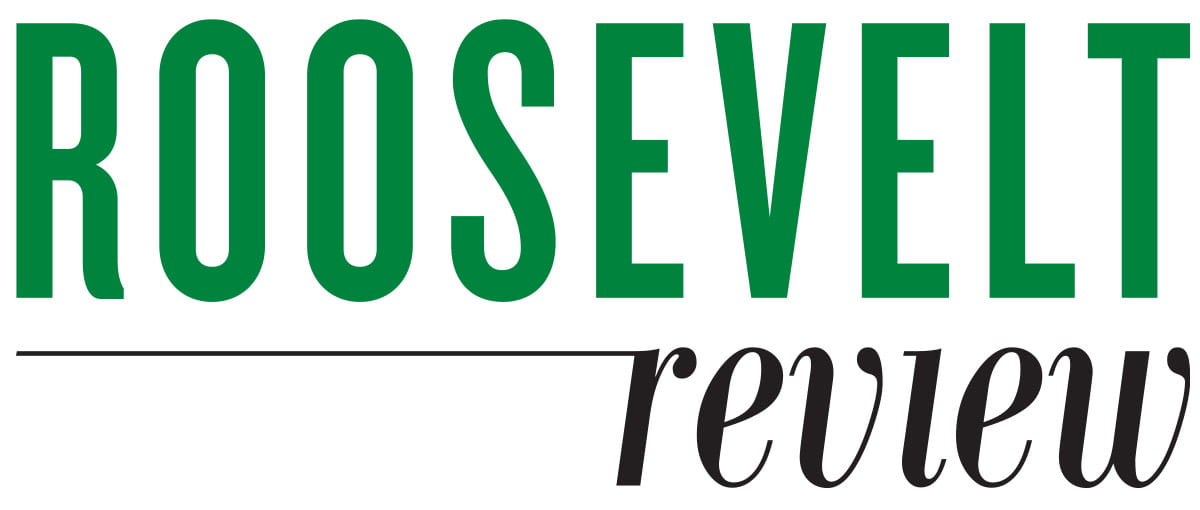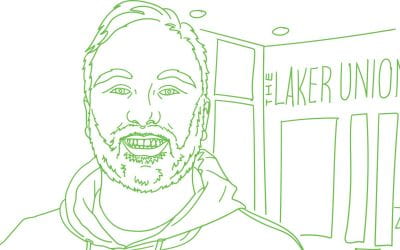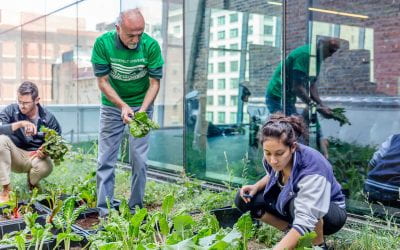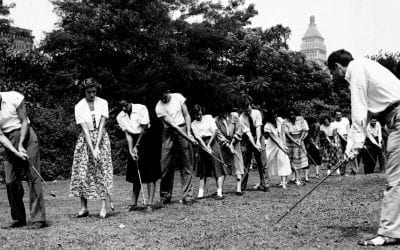Science labs foster collaboration and creativity
By Carla Beecher
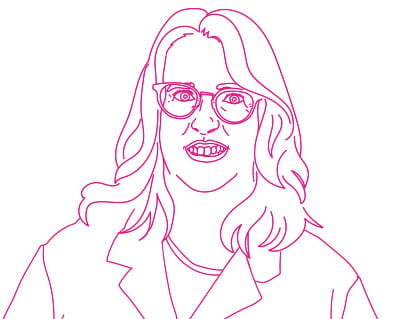
“It’s the way a research environment should look and feel,” said biology professor Kelly Wentz-Hunter, co-dean of the College of Science, Health and Pharmacy and interim dean of the College of Education about the three floors of laboratory space in the Wabash Building.
According to Wentz-Hunter, who taught biology in the Auditorium Building labs from 2006 to 2012, the old labs looked, well, like the building itself — historical. Outfitted in the 1970s and 1990s, the Auditorium Building labs — though still operating safely — were small, antiquated and out of date.
So, when plans were being drawn up for the new Wabash Building, they made sure to include state-of-the art laboratories to house the university’s chemistry, biology, biochemistry, health sciences and physics labs on floors 7, 8 and 9.
“When we moved to the new facilities, we gained the ability to teach advanced lab courses and take on more research students,”
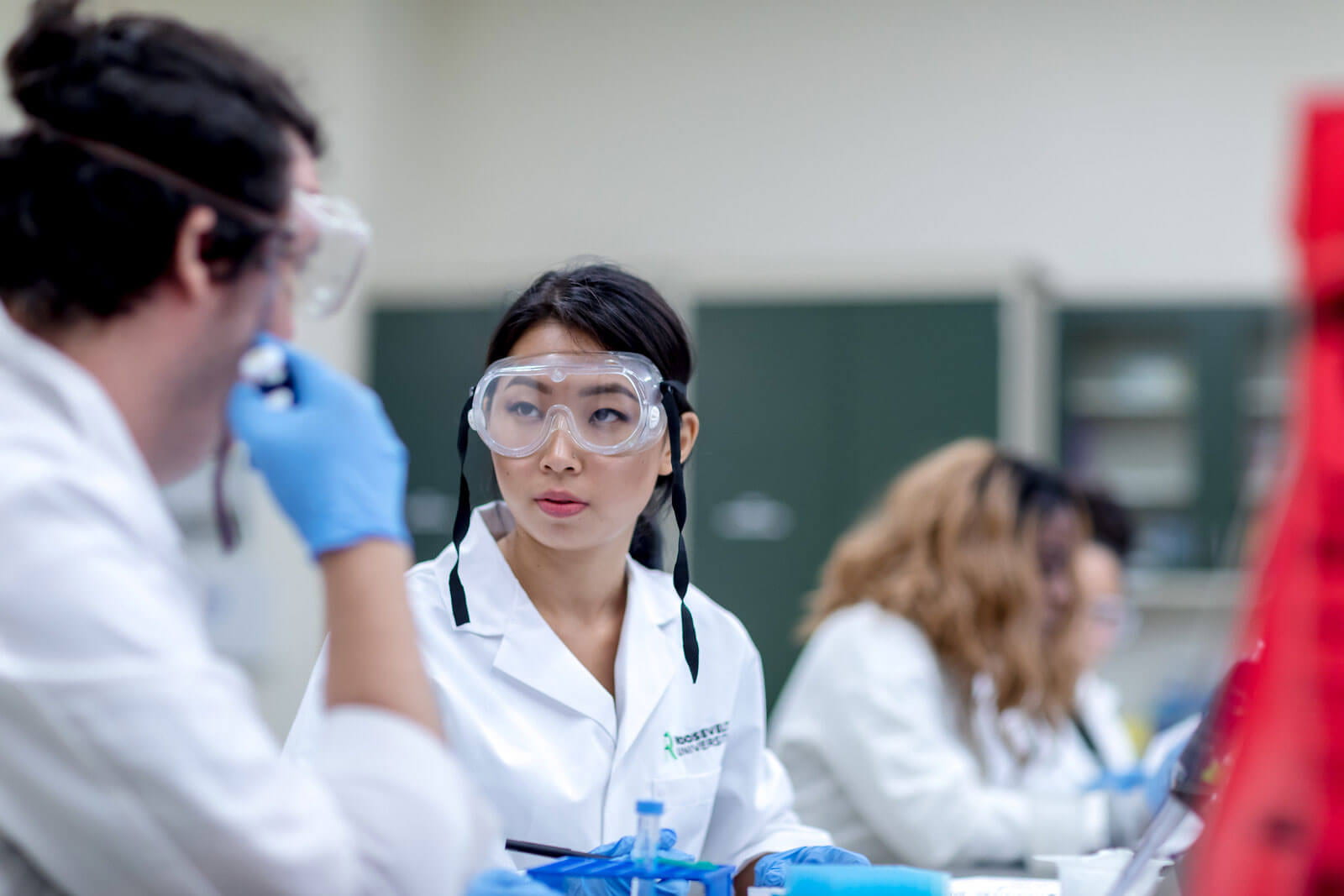
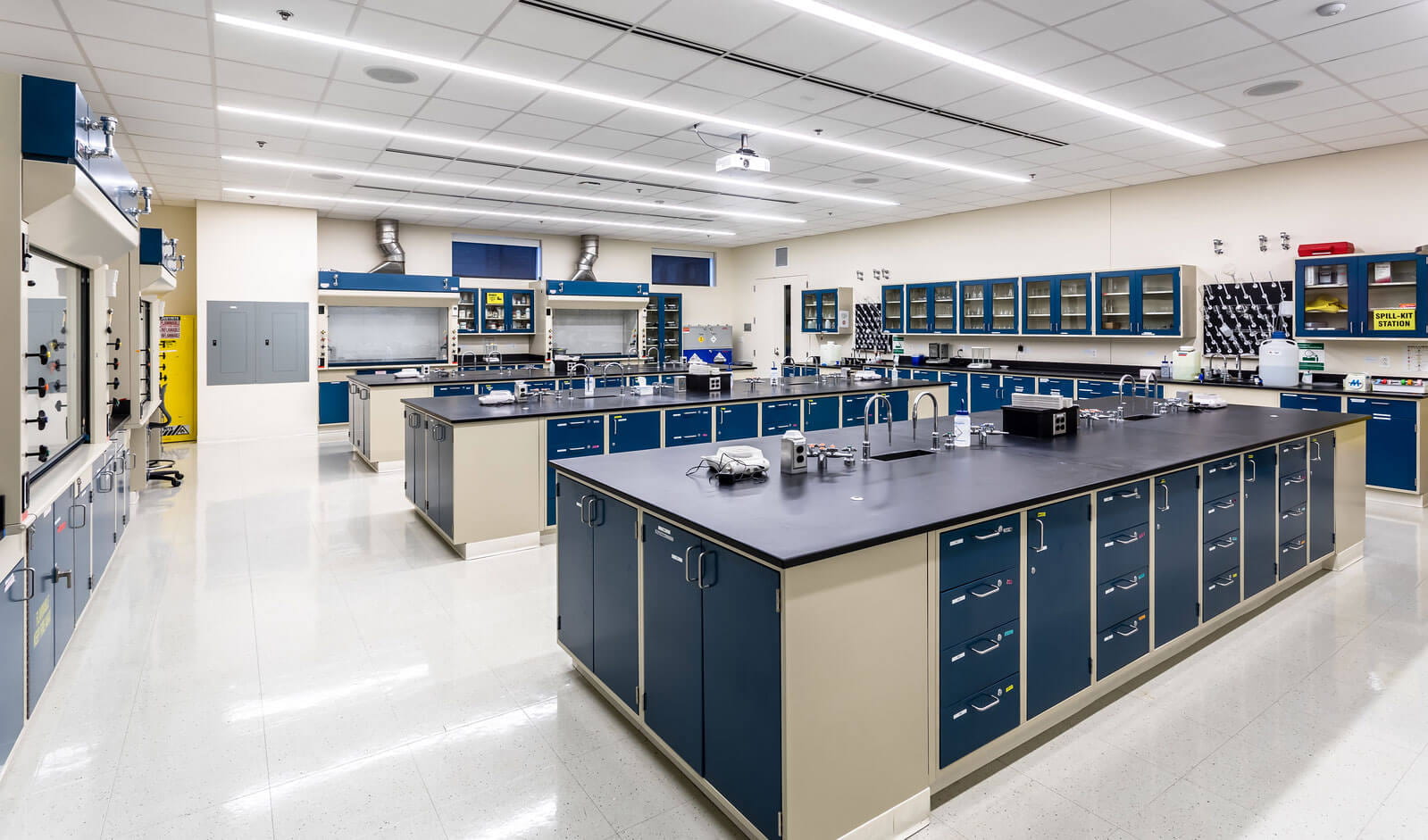
Another huge gain, according to Wentz-Hunter, was the increase in the number of individual labs set aside for student and faculty research. “Students today can claim their own bench space to do research with faculty. That’s pretty appealing for those serious about careers in the sciences,” she said.
Wentz-Hunter also cites the options available for students to study in small groups and meet with faculty mentors. In addition to the dedicated lab spaces in the Wabash Building, the seventh floor also houses a dedicated science tutoring center, while the ninth floor has the Science Peer Advisor Office, a science resource center and space for test-prep information. Wabash’s sixth floor boasts two auditorium-seating-style classrooms accommodating 96 and 108 students that “provide a large space for nonscience majors to take a survey course to fulfill a general science requirement,” she added.
The modern lab space definitely helps recruit students who can easily see themselves learning on the new equipment in a clean, open space with plenty of room to study their discipline.
“The labs help build a sense of community,” … “They fuel creativity and knowledge.”
More in this section
Mixing it up with the city
Living, learning, working and volunteering in the Wabash building gives Sullivan a unique perspective on this glass and steel vertical campus.
Building as teacher
Professor Michael Bryson, PhD, has sweeping views about sustainability from his 27 years at Roosevelt.
50 Years of Title IX: Women Student-Athletes at Roosevelt University
Take a look back at the spring semester with some of our favorite photos.
